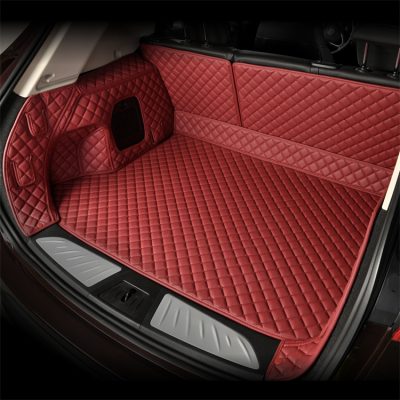Car covers for classic and vintage cars are essential for protecting these valuable and often irreplaceable vehicles from various environmental hazards and damage. Here are some key considerations and features to look for when selecting a car cover for your classic or vintage car:
- Indoor vs. Outdoor Use: Determine whether you need a car cover for indoor or outdoor use. Indoor covers are typically lightweight and designed to protect against dust and minor scratches. Outdoor covers are more robust and provide protection against rain, UV rays, and other outdoor elements.
- Material: Car covers are available in various materials, each with its own set of advantages and disadvantages:
- Cotton: Soft and breathable, suitable for indoor use, but not ideal for outdoor protection.
- Polyester: Lightweight and water-resistant, often used for both indoor and outdoor covers.
- Polypropylene: Waterproof and UV-resistant, suitable for outdoor use.
- Microfiber: Gentle on the car’s finish, typically used for indoor storage.
- Multi-layered fabrics: Provide enhanced protection against various elements.
- Fit: Ensure that the car cover you choose is designed specifically for your classic or vintage car’s make and model. A snug fit is essential to prevent dust, dirt, and moisture from getting underneath the cover.
- Ventilation: Proper ventilation is crucial to prevent moisture and condensation buildup under the cover. Look for covers with built-in vents or consider using a dehumidifier or moisture-absorbing products inside the car.
- Soft Lining: Car covers with a soft, non-abrasive lining on the inside will protect your car’s paint and finish from scratches.
- UV Protection: If you plan to use the cover outdoors, make sure it provides UV protection to prevent paint fading and damage from prolonged sun exposure.
- Weather Resistance: Outdoor covers should be waterproof and able to withstand harsh weather conditions such as rain, snow, and wind.
- Security Features: Some car covers come with built-in security features like locks and cables to deter theft.
- Ease of Use: Look for covers that are easy to put on and take off, and consider whether a storage bag or case is included for convenient storage when not in use.
- Custom or Universal Fit: Custom-fit covers are tailored to your car’s exact dimensions, providing the best protection. Universal-fit covers are more affordable but may not provide as snug a fit.
- Warranty: Check if the cover comes with a warranty, especially for outdoor covers that may be exposed to harsh conditions.
- Breathability: A breathable cover can prevent moisture buildup, which can lead to mold and mildew growth. Look for covers with breathable materials or vents.
- Elastic Hems and Straps: Covers with elastic hems and straps help keep the cover securely in place, even in windy conditions.
- Color: Consider the color of the cover. Lighter colors may be less likely to trap heat and cause paint damage in direct sunlight.
- Cleaning and Maintenance: Ensure that the cover you choose is easy to clean and maintain, as you’ll need to wash it periodically to remove dirt and debris.
When selecting a car cover for your classic or vintage car, it’s important to invest in a high-quality option that offers the level of protection your vehicle needs. Taking proper care of your car’s exterior can help preserve its value and beauty for years to come.




















